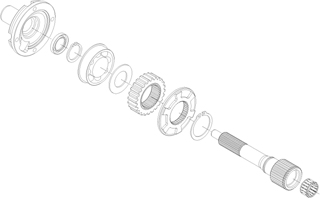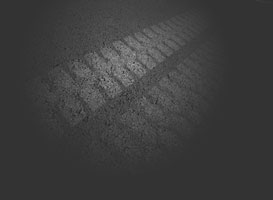Exercising the RV Generator
Generators are a convenient and important accessory for your Recreational Vehicle that makes it a self contained unit. With a little maintenance and regularly starting the RV Generator, you will be rewarded with many hours and years of service.
Today’s fuels absorb water and break down quickly, sometimes within two months, and leaves unwanted gum deposits in the generator carburetor, thus causing surging, poor running conditions, or it may not start at all. Most generator manufacturers recommend starting and exercising the generator at half load every two weeks. Running an Air Conditioner will often be a sufficient load. We have come across many carburetor issues even when a Fuel Stabilizer is added to the fuel system, when it has not been started regularly.
Always remember to turn off generator loads such as Air Conditioners, Electric Water Heaters, Microwaves, Coffee Makers, etc. before starting or stopping a RV Generator to avoid damaging generator electrical controls and components. If a generator is surging. Turn it off immediately and seek Service to avoid damage. Do not mess with the throttle linkage trying to clear it out, to avoid expensive generator damages.
All gas and diesel generators produce deadly carbon monoxide gas, so always inspect generator fluid levels, any signs of fuel leakage and for a damaged exhaust system before starting. A damaged or leaking exhaust can introduce deadly Carbon Monoxide gas into the RV. It is highly recommended to purchase a Carbon Monoxide Detector and mount it inside the RV as high as possible for you and your family’s safety. Remember Carbon Monoxide is a odor free and invisible gas that will kill. .The tail pipe should protrude at least one inch past the outside vehicle side wall of the RV. Gen-Turi has a exhaust tube that deflects exhaust sound and gas above the roof line, where it is much quieter and safer. When using a Portable Generator, always keep the exhaust pointed away and as far as possible from the RV.
You should always use a fuel system Stabilizer added to the fuel system, when stored, and allow the engine and generator run to allow the preservative to enter the fuel delivery components. Exercising the generator regularly will allow heat from the generator to vaporize away moisture. If the gas generator cannot be started on a regular basis, it is sometimes best to drain the carburetor of gasoline, following safety precautions when handling fuel. Most carburetor bowls have a drain screw to make this easy. Check the generator owners and service manual for proper procedures.
Always consult the Generators owners manual for proper service intervals. These intervals vary from usage. Most generators have a hour meter to keep track of the time the generator has run. Performing these simple steps will reward you with many hours of convenient electrical generating service.





